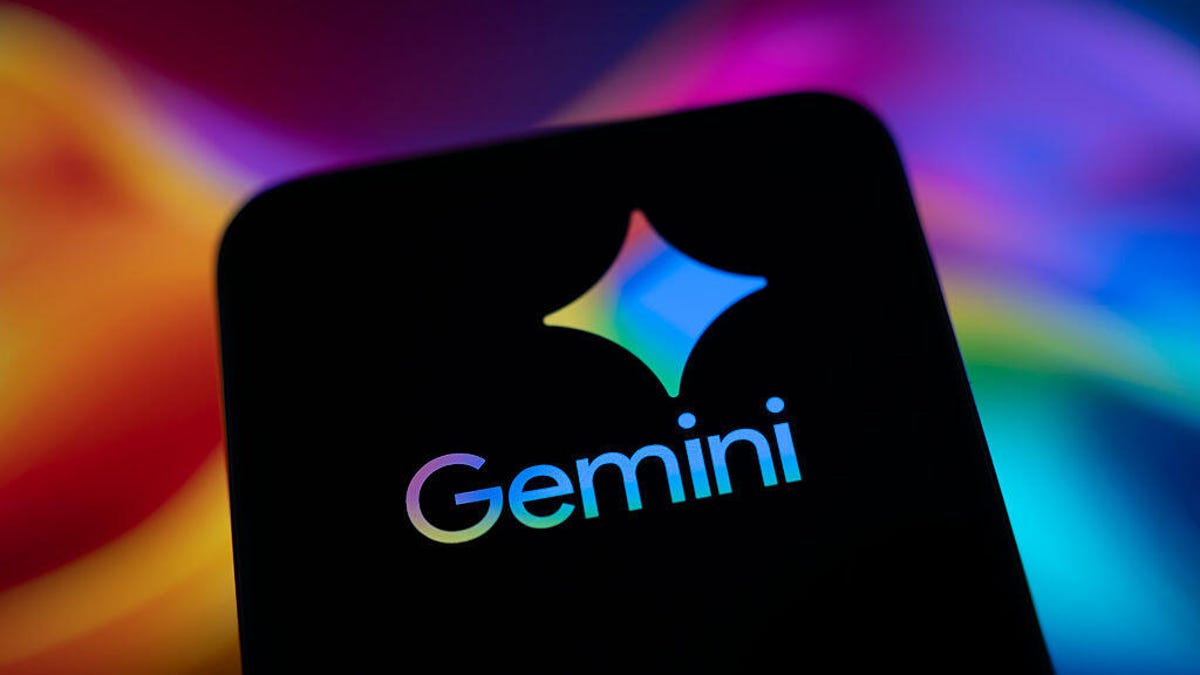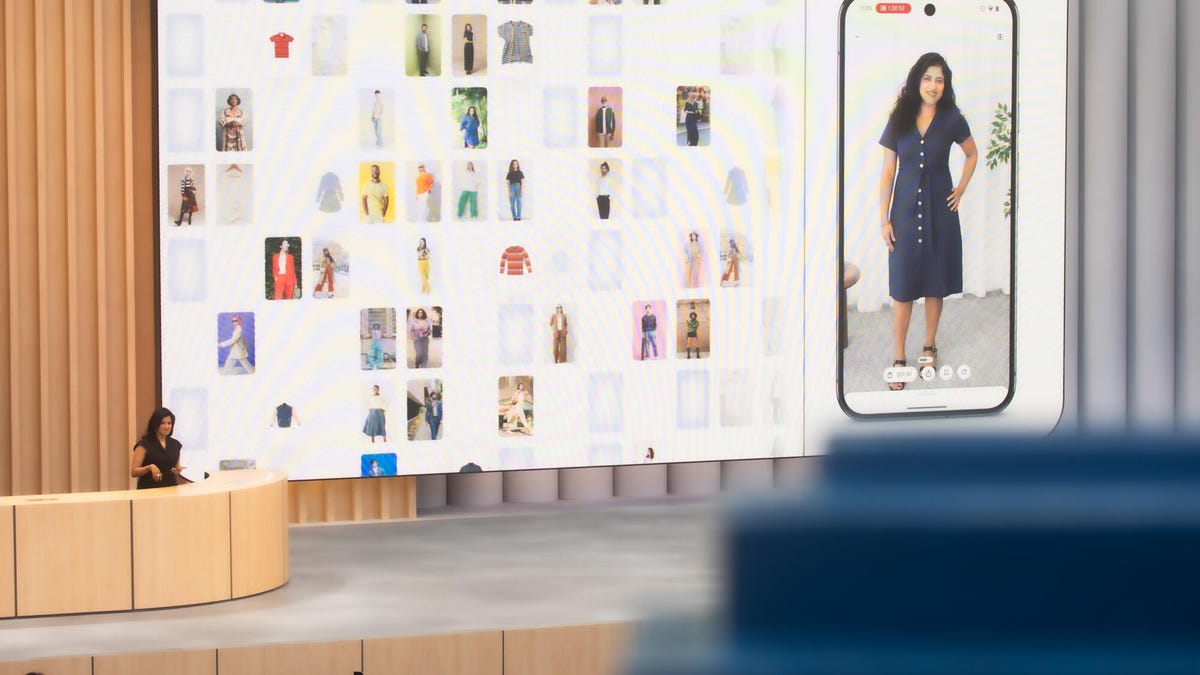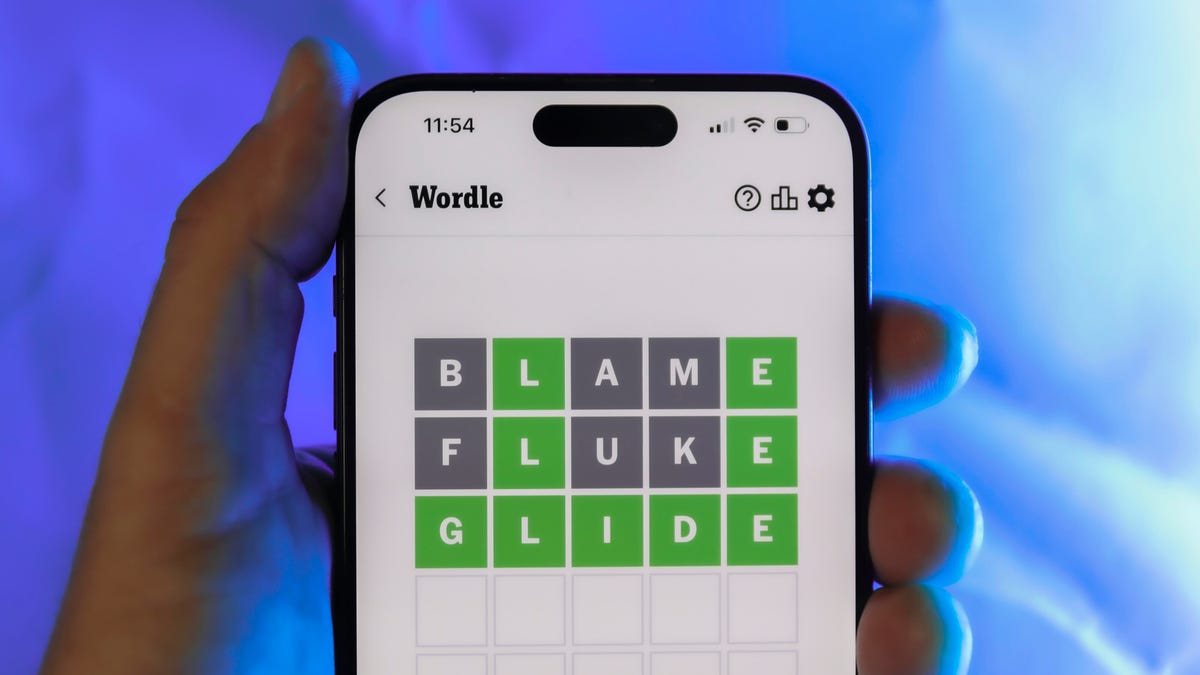Technologies
Tech Companies Need to Be Held Accountable for Security, Experts Say
All that tech may look cool, but it also needs to be secure.

It’s easy to get caught up in the flashy and futuristic tech rolled out at CES. Where else are you going to see flying cars, toilet sensors that test your pee and so, so many robots?
That all may seem incredibly cool, but that new tech, which is often collecting oodles of personal data from untold numbers of consumers, highlights the need for tech companies to make security and privacy a priority and build it in from the get-go.
Often, when it comes to tech design, data protection concerns are pushed to the back burner in favor of exciting new features, keeping costs low, and getting the tech to market as fast as possible, Jen Easterly, director of the US Cybersecurity and Infrastructure Security Agency, said during a CES panel.
That’s partially due to a lack of accountability from both the government and the public in general.
«We don’t seem to be recognizing that as a fundamental safety issue,» Easterly said, adding that while companies have lots of incentives to make products cheaply and quickly, there isn’t a lot out there to entice them to make them safe.
That, unfortunately, puts the burden of securing technology on consumers, who are least able to understand cyberthreats and defend themselves against them, Easterly said.
CrowdStrike CEO George Kutz, speaking on the CES panel, said average people shouldn’t have to think about security beyond the most basic of levels.
When consumers buy a piece of tech, such as a home security camera, they should get some kind of guarantee that it’ll be secure and supported with software updates for a certain amount of time, say five years, Kutz said. After that, they might be on their own, but they won’t have to think about it in the meantime.
«Until there’s some level of oversight and regulation and, you know, some sort of sensible practice in how people purchase these things and how they look at security as a differentiator, you’re going to have the same situations occur over and over,» Kurtz said.
Dan Berte, head of internet of things research for Bitdefender, said it wouldn’t be asking a lot for tech companies to secure and support their products for at least a few years.
Berte’s team spent much of the last year dissecting vulnerabilities in several brands of internet-connected cameras. They discovered security problems in several products, which they then reported to the companies, but he said it was a battle to get many of those companies to acknowledge and fix those problems.
«I think responsibility should be required by law — that you provide instant patching and support for three years, especially if a vulnerability is reported,» Berte said in an interview with CNET.
Companies that fail to do this should be fined, and repeat offenders should have their products pulled from the market, he said.
If nothing else, tech companies should be required to be transparent with consumers about what their technology contains in terms of security protections, just like how food makers are required to list ingredients in their products, Eastery said.
That way people will have a better chance at making smart choices about what kinds of tech they bring into their homes. That transparency also could push tech companies to put more emphasis on securing their products by default, she said.
«Technology companies are actually pushing and trying to get there, but from a consumer perspective we really need to be demanding better safety in our products,» Easterly said.
Technologies
iOS Gets More AI as Chrome Adds Google’s Gemini for iPhones
iPad users also won’t need to go elsewhere for their AI needs.

Google is adding its artificial intelligence tool Gemini to the Chrome browser on iPhones and iPads across the US, meaning you’ll be able to use Google’s AI functionality in Chrome instead of having to go to the Google app on your devices.
The integration comes a few months after Google rolled out Gemini in Chrome to Windows and Mac desktop users in the US in September. At the time, the company said that it would eventually be doing the same thing with iPhones and iPads.
Don’t miss any of our unbiased tech content and lab-based reviews. Add CNET as a preferred Google source.
Before now, if you wanted to use Gemini on your iPhone and iPad, you were not able to do so from Chrome — you would have had to go to the Google app or Google website.
Folks using Android phones already have Gemini on their Chrome browsers, which is the default browser on Android devices.
Chrome is the most widely used web browser in the US; StatCounter said that as of November, Chrome had a 54% market share of browsers in the US, followed by Apple’s Safari (28%) and Microsoft Edge (7%). There are other smaller browsers that people use to search the internet, including Firefox, Brave, Opera, Vivaldi and Arc.
Gemini is Google’s family of AI products and competes with ChatGPT, Microsoft Copilot, Anthropic’s Claude, Perplexity AI, Mistral AI, Meta AI and Grok in the realm of chatbots, content creation and AI integration.
‘Gap’ has been filled
Jason Howell, host of the Android Faithful Podcast and a former CNET staffer, said Google has filled «a noticeable gap» in AI for Chrome for the millions of iPhone and iPad users in the US.
«Giving Gemini awareness of what’s happening inside the Chrome browser has real utility, and placing that spark icon front and center will nudge a lot of people to try it who might not have otherwise,» Howell said. «It’s a smart distribution play. Put your AI in an app that millions already have installed, and you’re giving them an enticing reason to test it.»
Howell said adding Gemini into Chrome for iOS could give Google the edge on, well, Edge.
«Microsoft already brings Copilot to iOS through its dedicated apps and even inside the Edge browser, so this isn’t Google pulling ahead so much as it is Google catching up in an important and highly visible place,» Howell said. «Having said that, Chrome has a much larger footprint on iOS compared to Edge, so it’s using its scale to put Gemini in front of far more iPhone and iPad users, which could meaningfully shift adoption among third-party AI assistants.»
What can you do with Gemini?
Gemini in Chrome is not immediately available to everyone using iOS devices, but it is gradually rolling out across the US. To be able to get it, you need to be running Chrome version 143, sign into your account and make sure the browser language is set to English; you also cannot be in Incognito mode.
Chrome users in iOS will know they have Gemini when the Google Lens icon (which looks like a camera with a dot in the middle) to the left of the address bar is replaced by the Gemini icon (which looks like a sparkle).
When you tap or press the Gemini icon, two options will appear on a «Page tools» screen that slides up: Search screen and Ask Gemini. Two shortcuts that will appear are Summarize page and Create FAQ about this topic.
Let’s say your web page is about the top news events of 2025. You could ask Gemini, «Give me a list of the top events for each month,» or, «List out the top political news of 2025.» Maybe you’re looking at a great meal to prepare but you need substitutes for certain ingredients — you could ask Gemini to provide suggestions. Just remember to double-check everything an AI tool tells you because AIs have been known to hallucinate.
Gemini for Chrome in iOS will also make checkout easier with biometrics instead of a CVC code during online shopping.
Technologies
Strike a Pose: Here’s How to Use Google’s Upgraded Virtual Try-On Feature
The refined Google shopping feature now works without a full-body photo. Instead, it generates one virtually.

Say goodbye to awkward dressing-room selfies. Google is upgrading its existing AI-powered try-on tool, which allows you to skip an in-person shopping trip and view yourself in clothes virtually with the help of AI.
The update, announced on Thursday, adds the option to generate a complete digital version of yourself, rather than providing a full-body photo. So, if you have a great selfie but happen to be sitting down in the image or it’s a head-and-shoulders-only photo, you can now use it. The tool will ask what size body you want it to create, from XS to 4XL+, and create a full-body avatar with your image. So, even if you don’t have a need to wear a full-length, formal satin gown or black leather pants, you can see how you might look if you did.
You must be in the US, so if you are, upload a selfie to the website and select a size, and Nano Banana — Google’s Gemini 2.5 Flash Image model — will generate a full-length image, allowing you to click around and try out outfits.
Don’t miss any of our unbiased tech content and lab-based reviews. Add CNET as a preferred Google source.
Google initially introduced its AI try-on feature in May at its I/O developers conference. You’ll still be able to virtually try on clothes using a full-body photo if you prefer.
Technologies
Today’s Wordle Hints, Answer and Help for Dec. 12, #1637
Here are hints and the answer for today’s Wordle for Dec. 12, No. 1,637.

Looking for the most recent Wordle answer? Click here for today’s Wordle hints, as well as our daily answers and hints for The New York Times Mini Crossword, Connections, Connections: Sports Edition and Strands puzzles.
Today’s Wordle puzzle came fairly easy to me. It’s a common word, and the letters are ones I guess right away. If you need a new starter word, check out our list of which letters show up the most in English words. If you need hints and the answer, read on.
Today’s Wordle hints
Before we show you today’s Wordle answer, we’ll give you some hints. If you don’t want a spoiler, look away now.
Wordle hint No. 1: Repeats
Today’s Wordle answer has no repeated letters.
Wordle hint No. 2: Vowels
Today’s Wordle answer has one vowel.
Wordle hint No. 3: First letter
Today’s Wordle answer begins with T.
Wordle hint No. 4: Last letter
Today’s Wordle answer ends with K.
Wordle hint No. 5: Meaning
Today’s Wordle answer can refer to a large motor vehicle used for hauling things or people.
TODAY’S WORDLE ANSWER
Today’s Wordle answer is TRUCK.
Yesterday’s Wordle answer
Yesterday’s Wordle answer, Dec. 11, No. 1636 was GUESS.
Recent Wordle answers
Dec. 7, No. 1632: FLUTE
Dec. 8, No. 1633: GRAVY
Dec. 9, No. 1634: SNIDE
Dec. 10, No. 1635: ERASE
Don’t miss any of our unbiased tech content and lab-based reviews. Add CNET as a preferred Google source.
-

 Technologies3 года ago
Technologies3 года agoBest Handheld Game Console in 2023
-

 Technologies3 года ago
Technologies3 года agoTighten Up Your VR Game With the Best Head Straps for Quest 2
-

 Technologies4 года ago
Technologies4 года agoBlack Friday 2021: The best deals on TVs, headphones, kitchenware, and more
-

 Technologies4 года ago
Technologies4 года agoVerum, Wickr and Threema: next generation secured messengers
-

 Technologies4 года ago
Technologies4 года agoGoogle to require vaccinations as Silicon Valley rethinks return-to-office policies
-

 Technologies4 года ago
Technologies4 года agoOlivia Harlan Dekker for Verum Messenger
-

 Technologies4 года ago
Technologies4 года agoiPhone 13 event: How to watch Apple’s big announcement tomorrow
-

 Technologies3 года ago
Technologies3 года agoThe number of Сrypto Bank customers increased by 10% in five days
